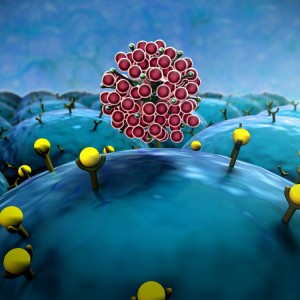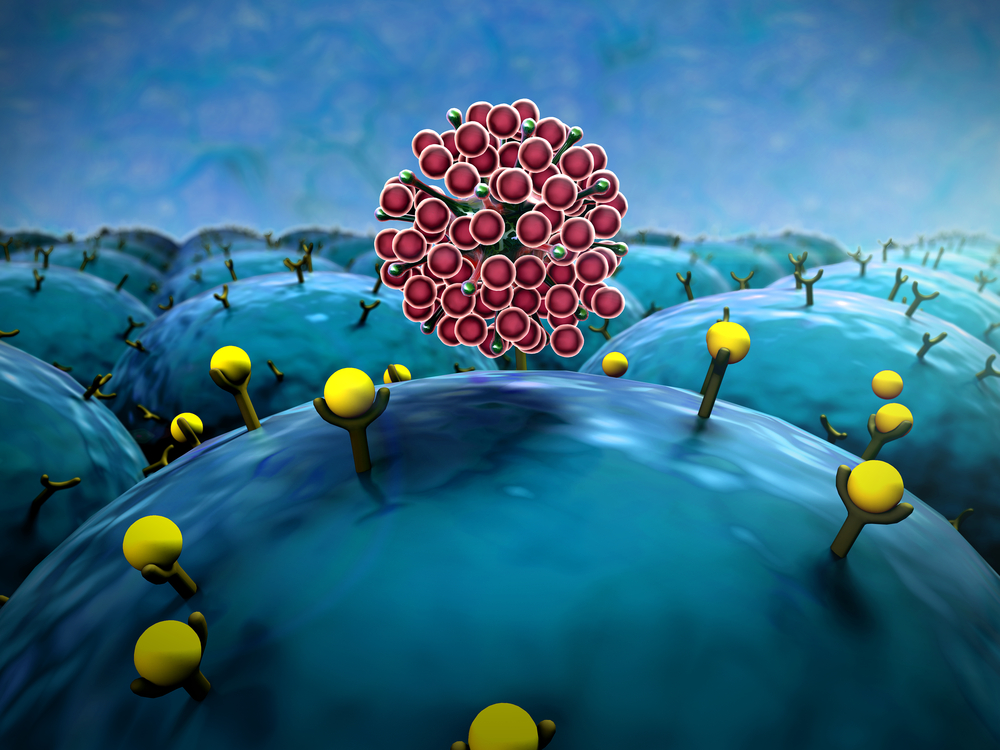 In a recent study entitled “Agonist and antagonist switch DNA motifs recognized by human androgen receptor in prostate cancer”, published in the EMBO Journal, a team of researchers discovered the androgen receptors can bind to different motifs in the DNA, depending if it is an agonist (androgen hormone) or an antagonist (antiandrogen drug) of prostate cancer cells. Notably, both forms trigger transcriptional programs that induce prostate carcinogenesis.
In a recent study entitled “Agonist and antagonist switch DNA motifs recognized by human androgen receptor in prostate cancer”, published in the EMBO Journal, a team of researchers discovered the androgen receptors can bind to different motifs in the DNA, depending if it is an agonist (androgen hormone) or an antagonist (antiandrogen drug) of prostate cancer cells. Notably, both forms trigger transcriptional programs that induce prostate carcinogenesis.
The androgen receptor is a transcription factor whose primarily function is to bind to certain DNA sequences in order to regulate gene expression. This implies that it must recognize the DNA sequence motif to bind.
This receptor is activated upon binding to the hormones testosterone or dihydrotestosterone (androgen receptor agonists) but also upon binding to its antagonists, such as bicalutamide and enzalutamide. Once bound to either agonist or antagonist, it then binds DNA.
However, a question that has remained unanswered is whether the same transcription factor can actually recognize and bind to different DNA motifs. With this question in mind, the research team used the androgen receptor as a model for this hypothetical differential motif-recognition theory. Researchers developed a new approach using a modified chromatin immunoprecipitation-exonuclease (ChIP-exo) technique, which allowed the identification of transcription factor binding locations, as well as its binding motifs. Using prostate cancer cell lines, malignant prostate human tumors and non-malignant adjacent tissue, the team defined the binding motifs of both agonist‐ and antagonist-bound human androgen receptor.
The results showed that agonist-bound human androgen receptor (with dihydrotestosterone as the agonist) binds to the androgen response elements in the DNA. However, antagonist-bound human androgen receptor (either bicalutamide or enzalutamide) binds to a completely new, different DNA region, therefore, activating a distinct set of genes.
This activated transcriptional program revealed to be highly relevant for cancer development, since it could trigger cancer-promoting oncogenes. The team named these new regions as antiandrogen response elements (AREs). Thus, both agonist‐ and antagonist‐bound androgen receptors actually promote prostate carcinogenesis.
These findings will have clear implications for current prostate cancer treatments. While antiandrogen agents are administered to block the binding of androgens to its receptor, the present results show that in fact these agents can drive cancer by promoting a pro-tumoral transcriptional program.
Study leading author Qianben Wang, PhD, associate professor at the Department of Molecular Virology, Immunology and Medical Genetics and the Comprehensive Cancer Center, The Ohio State University College of Medicine, commented on a press release, “The discovery of antiandrogen response elements was completely unexpected. We found that antiandrogens can also trigger androgen receptor to bind to DNA sequences that are distinctly different from androgen response elements, and thus regulate genes relevant to prostate cancer development. Our findings suggest that improved antiandrogen therapies could be achieved by simultaneously targeting antiandrogen-regulated oncogenes.”

